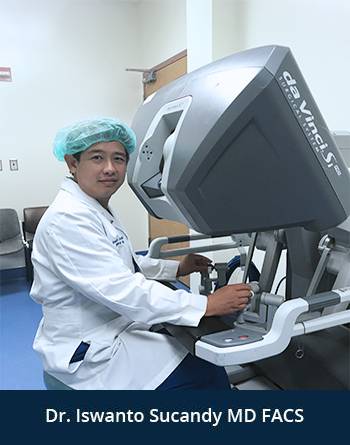Extrahepatic Bile Duct Cancer & Klatskin Tumor
Call Our Tampa Liver Surgeon for Extrahepatic Bile Duct Cancer & Klatskin Tumor Removal & Treatments.
 Primary extrahepatic biliary tumors are relatively uncommon and they typically present with jaundice (yellowing of skin and eyes) caused by biliary blockage. Bile duct cancer is one of the most difficult cancers to treat due to its aggressive biology and unfavorable location. Klatskin tumor occurs at the bifurcation of the left and right bile duct. This is a very confined area, surrounded by important blood vessels that bring blood and oxygen to the liver (hepatic artery and portal vein).
Primary extrahepatic biliary tumors are relatively uncommon and they typically present with jaundice (yellowing of skin and eyes) caused by biliary blockage. Bile duct cancer is one of the most difficult cancers to treat due to its aggressive biology and unfavorable location. Klatskin tumor occurs at the bifurcation of the left and right bile duct. This is a very confined area, surrounded by important blood vessels that bring blood and oxygen to the liver (hepatic artery and portal vein).
Most patients with Klatskin tumor are older than 65, experience nonspecific symptoms such as abdominal pain, anorexia, weight loss, generalized itchiness, weakness, and failure to thrive. Man are affected more commonly than woman. Family history has not been known to contribute to the incidence of this disease. The highest incidence of Klatskin tumor is found in Asian countries, such as Thailand, Japan, China, Philippines, Vietnam, and Indonesia. Many patients do not have predisposing factors such as primary sclerosing cholangitis, choledochal cysts, ulcerative colitis, parasitic liver fluke infection, or chronic inflammatory state of the bile duct.
Bile duct cancer can occur anywhere in the biliary tree within the liver but malignant tumors involving the biliary confluence (Klatskin tumor) are the most common type. Bile duct cancer may present with bile duct involvement alone or with early metastasis to the liver, surrounding lymph nodes, or even abdominal cavity.
Most bile duct cancers spread along the bile duct wall and connective tissues between the liver and the bile ducts, making this type of cancer more challenging to treat. Because the full extent of tumor is often not detected by physical examination and can be under estimated by radiological examination (CT scan an MRI scan), an accurate preoperative diagnosis is often difficult to make. Additionally, endoscopic examination with biliary ductoscopy is limited by low sensitivity. Operative exploration is often the only and ultimate way of cancer assessment.
Involvement of the surrounding vessels (hepatic artery and portal vein) is important to recognize before the operation to avoid nontherapeutic exploration. When hepatic artery or portal vein on the opposite side of the Klatskin tumor is involved, the disease is considered unresectable. Neoadjuvant chemotherapy is often given in an attempt to convert the Klatskin tumor from unresectable to resectable. Only about 30% of cases eventually become resectable. Endoscopic or percutaneous biliary drainage is needed to resolve the biliary obstruction before the Klatskin tumor resection or in unresectable cases (palliative biliary drainage).
Surgical resection with negative margins is the only effective therapy for bile duct cancer, including the Klatskin tumor. It is the only hope for cure. Meaningful surgical experience with these relatively uncommon tumors is limited to few high-volume centers and liver surgeons the country. Survival beyond 1 year is uncommon without resection (palliative biliary bypass only, either endoscopically or surgical). Conversely, 5 year survival rate of 40% can be obtained after complete tumor resection.
It is very important to consult an experienced liver surgeon in your area to evaluate for surgical resectability. Dr. Iswanto Sucandy has a significant experience in treating this disease with excellent outcomes. The majority of Klatskin tumor resection is performed via traditional open operation. In the last few years, minimally invasive surgical techniques (laparoscopic and robotic) have been applied to Klatskin tumor resection. Expertise in minimally invasive liver resection and bile duct resection is limited to high volume centers, such as ours. Our team performs minimally invasive robotic liver resection and bile duct resection to treat Klatskin tumor, whenever technically feasible. When vascular resection and reconstruction are needed as part of the Klatskin tumor resection, the traditional open operation is undertaken.


